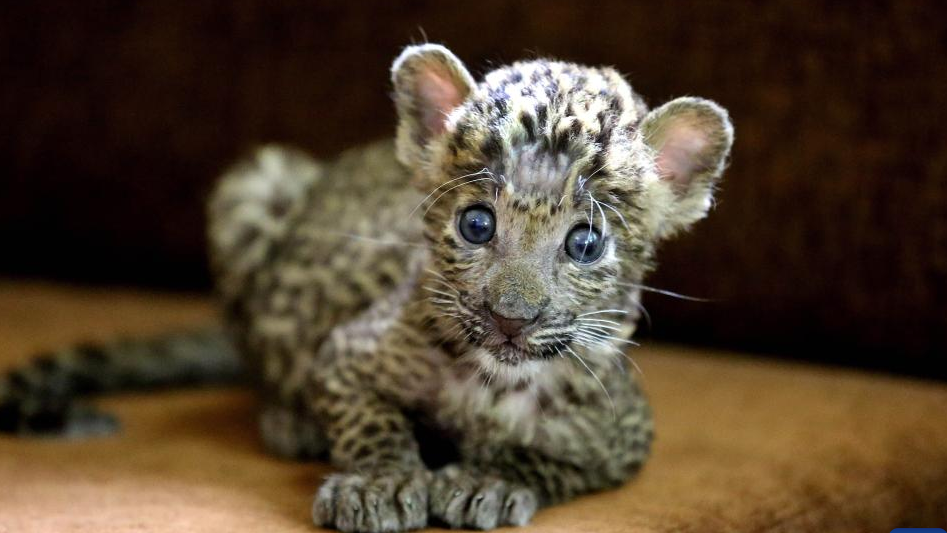"Historic" decline in U.S. life expectancy reveals system problems, inequality
LOS ANGELES, Sept. 6 (Xinhua) -- Americans now expect to live nearly three years shorter than the life expectancy in 2019, the largest decline in nearly a century, a government report has showed.
The record decline in life expectancy during 2020 and 2021 is an indictment of the U.S. healthcare system and persistent economic and racial inequality, said a report of U.S. independent news outlet Common Dreams.
Life expectancy in the United States continued to fall in 2021 for the second year in a row to 76.1 years, the lowest since 1996, showed the report published by the U.S. National Center for Health Statistics (NCHS) last week.
While the COVID-19 pandemic has driven most of the decline in life expectancy, a rise in accidental deaths and drug overdoses also contributed, as did deaths from heart disease, chronic liver disease and cirrhosis, the report found.
Excess deaths due to COVID-19 and other causes in 2020 and 2021 led to an overall decline in life expectancy between 2019 and 2021 of 2.7 years for the total population, according to the report.
The decline during the pandemic is the sharpest in nearly 100 years, hitting Native American and Alaska Native communities particularly hard, said The New York Times.
"It's deeply disappointing," said Scott Kaiser, director of Geriatric Cognitive Health for the Pacific Neuroscience Institute in Santa Monica, California.
"Life expectancy is an important marker of overall population health and we're typically used to seeing gradual increases in life expectancy year over year," he noted.
Steven Woolf, director emeritus of the Center on Society and Health at Virginia Commonwealth University, characterized the diminution of life expectancy in the United States as "historic."
While other high-income countries were also hard hit in 2020, the first year of the pandemic, most had begun to recover by last year, he told The New York Times.
"None of them experienced a continuing fall in life expectancy like the U.S. did, and a good number of them saw life expectancy start inching back to normal," Woolf said.
Those countries had more successful vaccination campaigns and populations that were more willing to take behavioral measures to prevent infections, such as wearing masks, he said, adding: "The U.S. is clearly an outlier."
Joshua Sharfstein, vice dean for public health practice at the Bloomberg School of Public Health at Johns Hopkins University, suggested the continued drop in life expectancy in the United States -- despite the wide availability of COVID-19 vaccines -- was tied to rampant misinformation about vaccination, the refusal of policymakers to abandon the profit-driven healthcare system and replace it with universal care, and other failures to protect public health.
"Did the politicized rejection of reasonable public health measures put many people in harm's way? Yes," Sharfstein tweeted. "Is it finally time to build an effective public health system? Yes."
Experts said the pandemic has impacted the population in more ways than people getting COVID-19.
"Most noticeably, it's impacted the population in terms of depression," said Sabrina Barata, M.D., a primary care doctor at Mercy Personal Physicians at Lutherville. "That can lead to drug overdoses and suicides, which were the top contributors to the decline in life expectancy in addition to COVID."
The COVID-19 is not solely to blame. Longstanding health problems -- rooted in poverty, discrimination and poor access to health care -- left Native Americans and Alaska Natives particularly vulnerable to the virus, said Ann Bullock, former director of diabetes treatment and prevention at the federal agency of Indian Health Service.
The non-Hispanic American Indian or Alaska Native population experienced the greatest decline of life expectancy by 1.9 years between 2020 and 2021, according to NCHS report.
The cumulative decline since the pandemic started, more than 6.5 years on average, has brought life expectancy to 65 among Native Americans and Alaska Natives -- on par with the figure for all Americans in 1944.
One in seven Native Americans and Alaska Natives has diabetes, the highest rate among racial or ethnic groups in the United States, and many struggle with obesity or excess weight. Both conditions make people more susceptible to severe COVID-19, and crowded multigenerational housing adds to the risk, said The New York Times.
"There is no doubt COVID was a contributor to the increase in mortality during the last couple of years, but it didn't start these problems -- it made everything that much worse," Bullock said.
Although the U.S. health care system is among the best in the world, Americans suffer from what experts have called "the U.S. health disadvantage," an amalgam of influences that erode well-being, Woolf said.
These include a fragmented, profit-driven health care system; poor diet and a lack of physical activity; and pervasive risk factors such as smoking, widespread access to guns, poverty and pollution. The problems are compounded for marginalized groups by racism and segregation, he added.
"This is an indication of a society in decline," said Perry N. Halkitis, dean at the School of Public Health at Rutgers University. "We continue to have structural inequalities and social conditions that fuel disease in people. Unless you address those, people will get sick and die."
Photos
Related Stories
- U.S. Uvalde students return to school months after mass shooting
- Water crisis in U.S. city raises concerns about environmental racism: report
- U.S. sanctions have "catastrophic effects" on peoples: Syrian FM
- Long COVID knocks U.S. young workers out of job market: media
- 2 killed, 1 injured as raging Southern California wildfire continues to grow amid heat wave
Copyright © 2022 People's Daily Online. All Rights Reserved.









